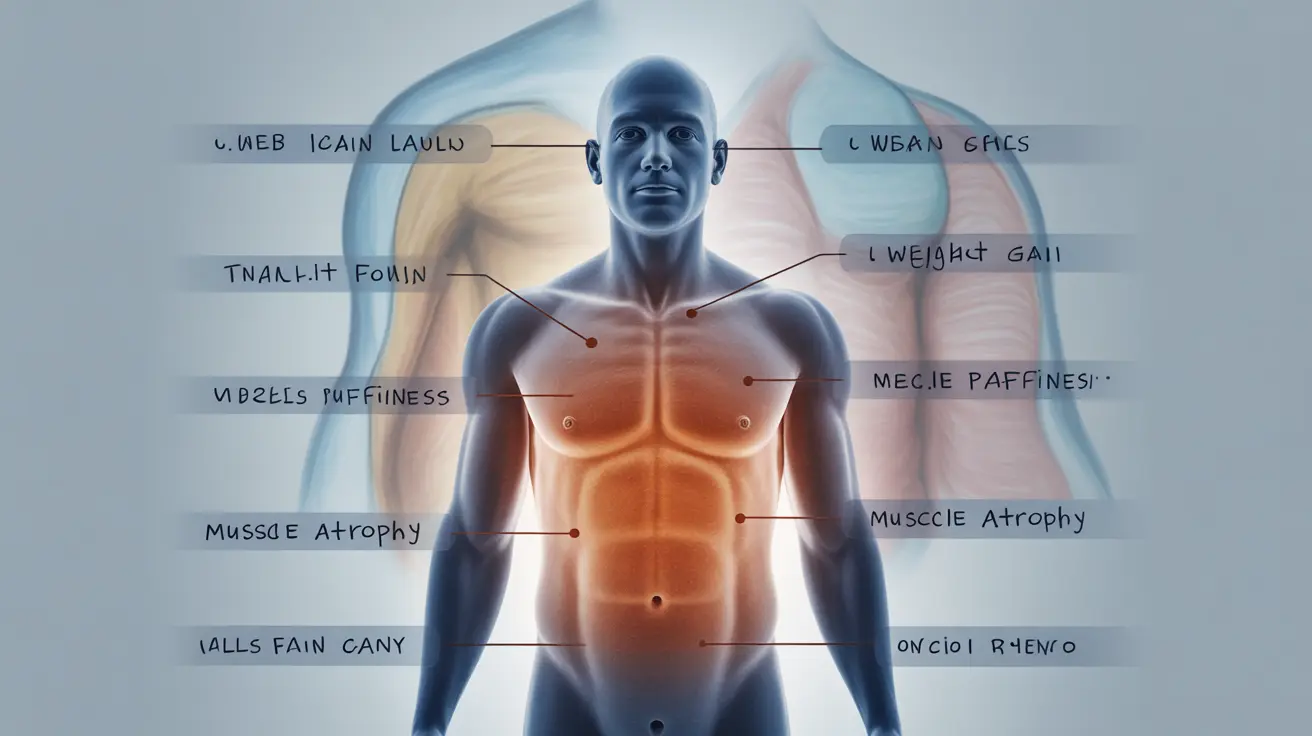Understanding how to manage high cortisol levels and safely detox from excess cortisol is crucial for individuals dealing with Cushing's syndrome or long-term corticosteroid use. This comprehensive guide explores effective treatments, natural methods, and lifestyle changes to help restore hormonal balance and improve overall well-being.
Understanding Cortisol and Its Effects
Cortisol, often called the "stress hormone," plays a vital role in various bodily functions, including metabolism, immune response, and stress management. However, when cortisol levels become chronically elevated, it can lead to serious health complications and the development of Cushing's syndrome.
Recognizing High Cortisol Symptoms
Identifying the signs of elevated cortisol levels is crucial for early intervention and treatment. Common indicators include:
- Weight gain, particularly in the face and midsection
- Purple stretch marks on the abdomen
- Thinning skin that bruises easily
- Muscle weakness
- Mood changes and anxiety
- High blood pressure
- Irregular menstrual cycles
- Decreased libido
Medical Approaches to Cortisol Management
Treatment options for high cortisol levels vary depending on the underlying cause. Medical interventions may include:
- Gradually tapering off corticosteroid medications
- Surgical removal of tumors affecting cortisol production
- Medication to block cortisol production
- Regular monitoring of hormone levels
Natural Methods for Cortisol Detox
Several lifestyle modifications can support healthy cortisol levels:
Dietary Changes
Focus on anti-inflammatory foods and those that support adrenal health:
- Leafy greens
- Whole grains
- Lean proteins
- Foods rich in vitamin C and B vitamins
- Healthy fats like avocados and nuts
Stress Management Techniques
Implementing stress reduction practices can help normalize cortisol production:
- Regular meditation
- Deep breathing exercises
- Yoga or gentle stretching
- Adequate sleep hygiene
- Time management strategies
Exercise Considerations
Physical activity should be balanced and appropriate:
- Low to moderate-intensity exercises
- Regular walking
- Swimming or water exercises
- Gentle strength training
- Avoiding excessive high-intensity workouts
Monitoring and Recovery
Recovery from high cortisol levels requires consistent monitoring and patience. Working with healthcare providers ensures safe progress and appropriate adjustments to treatment plans.
Frequently Asked Questions
What are the most effective medical treatments to lower high cortisol levels in Cushing's syndrome?
The most effective treatments include medication to block cortisol production, surgery to remove tumors if present, and carefully managed withdrawal from corticosteroids when appropriate. The specific approach depends on the underlying cause of elevated cortisol levels.
How can I safely detox from cortisol caused by long-term corticosteroid use?
Safe cortisol detox requires medical supervision and gradual tapering of medications. Never stop corticosteroids abruptly. Work with your healthcare provider to develop a personalized withdrawal plan while supporting your body with proper nutrition and stress management techniques.
What natural methods or lifestyle changes help reduce cortisol and manage symptoms of Cushing's syndrome?
Effective natural methods include maintaining a balanced diet, practicing stress reduction techniques, getting adequate sleep, engaging in appropriate exercise, and establishing consistent daily routines. These approaches work best when combined with medical treatment as advised by your healthcare provider.
What symptoms should make me suspect high cortisol or Cushing's syndrome?
Key symptoms include rapid weight gain (especially in the face and trunk), purple stretch marks, muscle weakness, easy bruising, mood changes, and irregular menstrual cycles. If you experience several of these symptoms, consult a healthcare provider for evaluation.
How is Cushing's syndrome diagnosed and monitored during and after treatment?
Diagnosis typically involves blood tests, 24-hour urine collection, and saliva tests to measure cortisol levels. Imaging tests may be needed to identify tumors. During and after treatment, regular hormone level monitoring, physical examinations, and symptom tracking help ensure effective management.




